I honestly never thought I’d stumble across such a hidden gem when I set foot in Italy’s often-overlooked Molise region.
One sunny day, as I wandered through the narrow streets of Campobasso, I suddenly found myself swept up in a vibrant celebration locals call the Festival of the Mysteries.
This centuries-old tradition features elaborate living tableaux mounted on wooden platforms. Strong bearers carry them through the city’s medieval pathways, skillfully navigating every twist and turn.
The festival happens during Corpus Christi, usually in June, and it transforms this quiet provincial capital into a riot of color and tradition.
Children balance on ornate structures and seem to float above the crowd, acting out biblical scenes while traditional music fills the air.
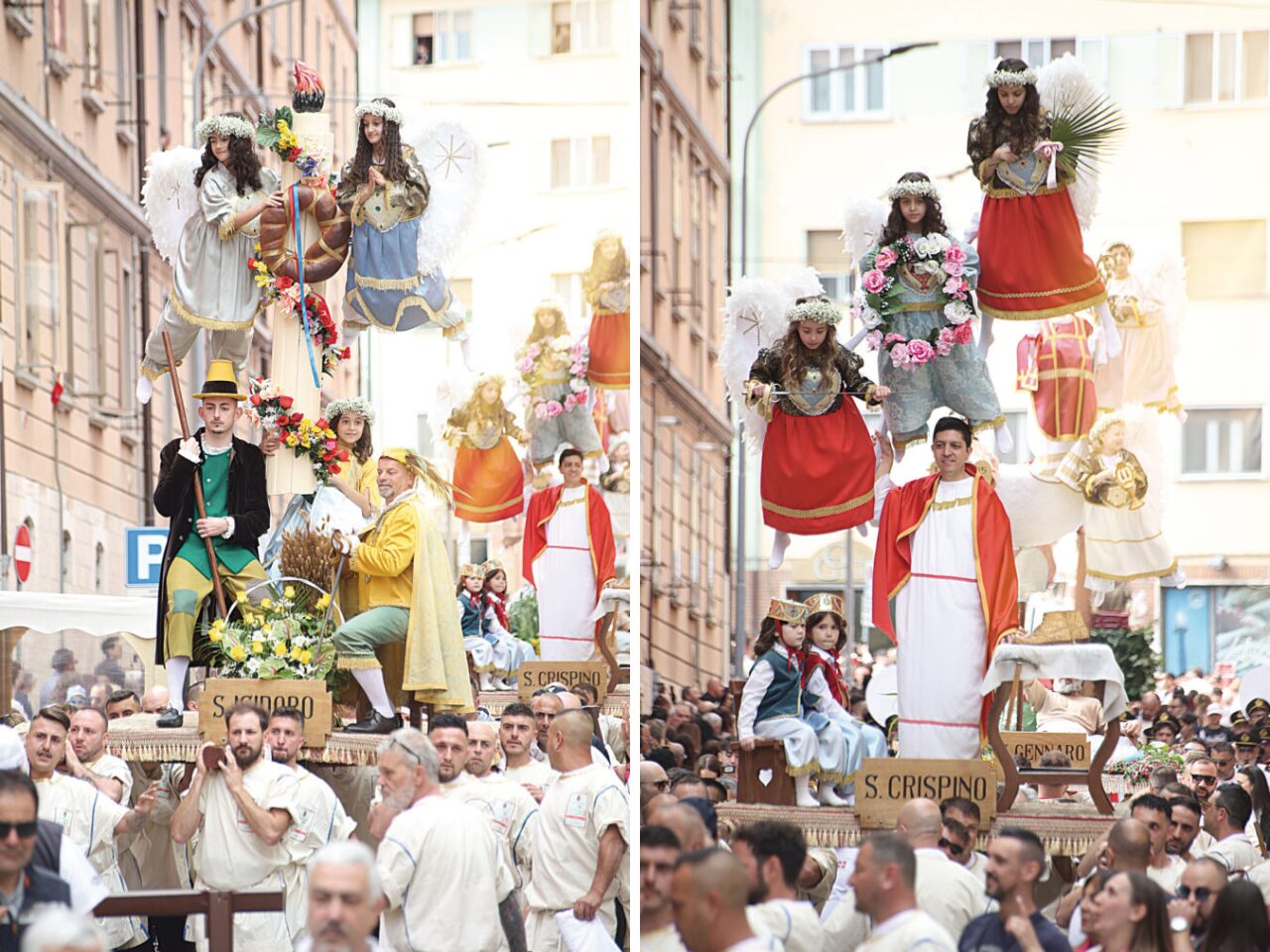
What really grabs me is how this celebration has escaped the radar of most international tourists, offering a rare and authentic glimpse into Italian cultural heritage.
I found Campobasso’s mysterious celebration by accident, and it reminded me why those unplanned detours often become the most treasured travel memories.
The town itself, with its striking 14th-century castle perched high on a hill, creates a dramatic backdrop for this unique festival.

Generations of families come together to celebrate their heritage, and as I walked beside locals who eagerly explained the symbolism of each display, I felt lucky to witness a tradition that’s barely changed in hundreds of years.
Discovering Campobasso: The Heart of Molise
Campobasso grabbed my imagination right from the moment I arrived.
Nestled in the green hills of Molise, it offers a blend of historical charm and authentic Italian culture that still feels untouched by crowds.
Campobasso’s Location and Regional Charm
Campobasso sits in central-southern Italy, serving as the capital of the Molise region—one of Italy’s smallest and least-known corners.
At about 700 meters above sea level, the city enjoys a dramatic setting surrounded by the Apennine Mountains.
Molise sits between several distinctive regions: Abruzzo to the north, Puglia to the east, Campania to the south, and Lazio to the west.
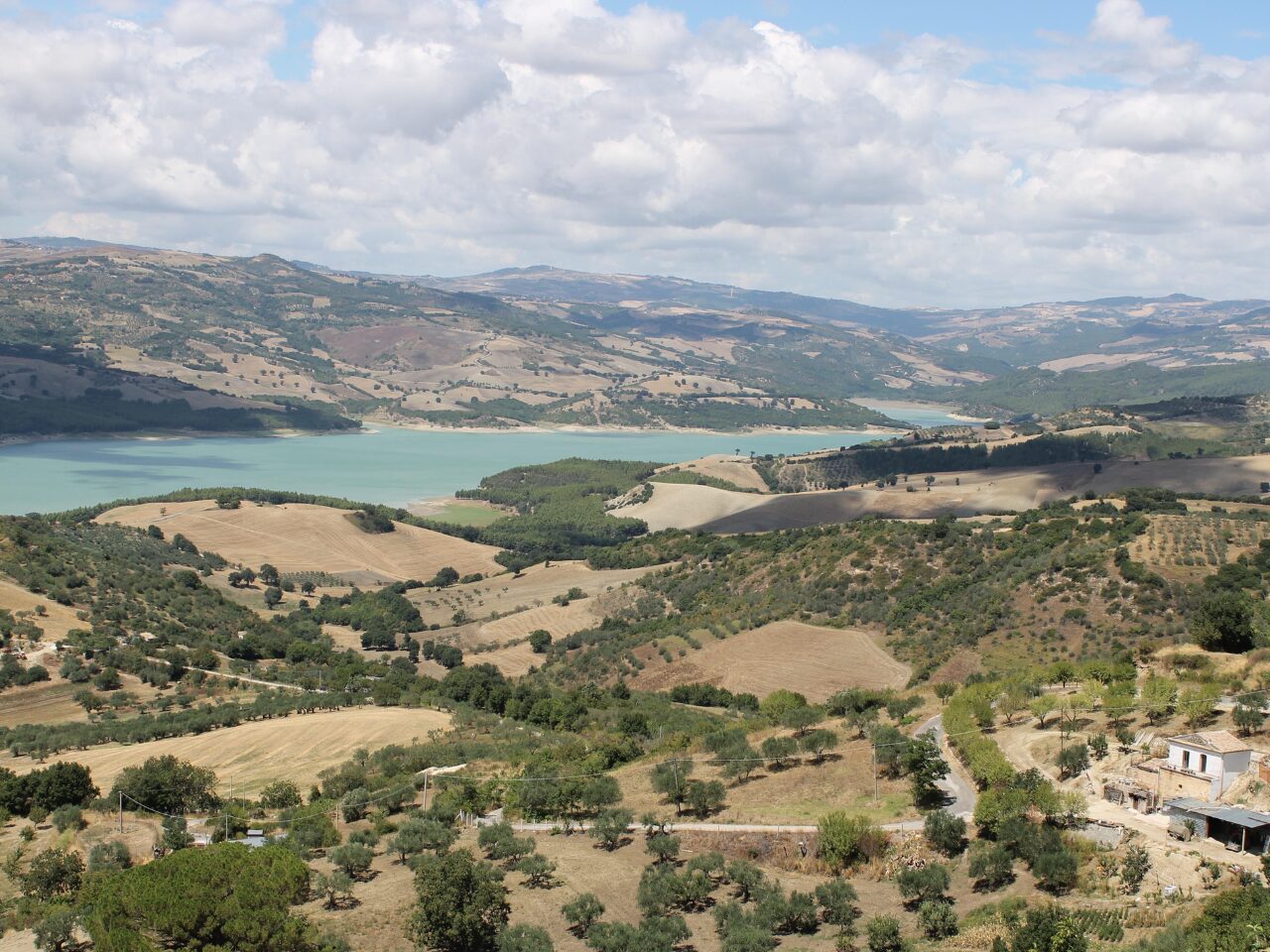
This central spot gives Campobasso a unique cultural blend with influences from both the Adriatic and Tyrrhenian coasts.
What really stuck with me? Molise feels like a secret Italy that time forgot.
Even though Rome and Naples are just two hours away, the area remains one of Italy’s best-kept secrets.
Locals I met seemed genuinely proud of their distinct regional identity.
Getting There: Travel Routes and Tips
Getting to Campobasso is part of the adventure.
I took a train from Rome to Isernia, then hopped onto a connecting train to Campobasso.
The ride through the mountains was honestly breathtaking!
Key Travel Options:
- By Train: Regular services run from Rome (2.5 hours) and Naples (2 hours)
- By Bus: SEAC buses connect major cities throughout Molise
- By Car: The Autostrada A14 (Adriatic Highway) gives access from the east
Renting a car is a good idea if you want to explore the surrounding villages.
The mountain roads can be winding, but the views—rolling hills and medieval towns—make it worth it.
I’d say the best times to visit are late spring (May-June) or early fall (September-October), when the weather is mild and the landscape is bursting with color.
You’ll also dodge the August vacation period, when many local businesses close up shop.
Local Style and Enchanting Architecture
Campobasso splits into two main parts: the medieval upper town (centro storico) and the modern lower town.
This contrast really tells the story of the city’s evolution.
The historic upper town drew me in with its narrow cobblestone streets winding around Monforte Castle.
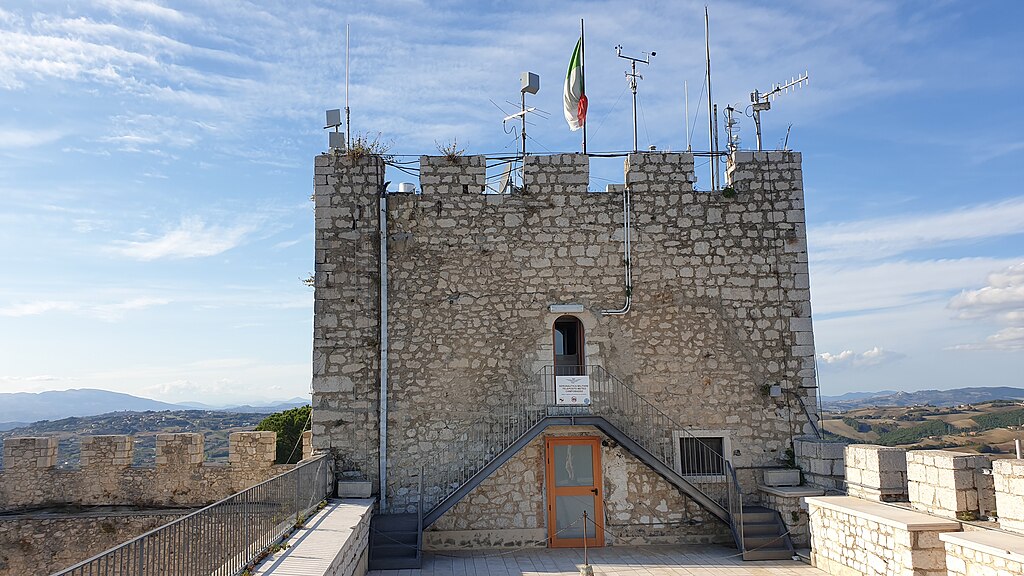
That 15th-century fortress stands tall on the hilltop, offering panoramic views of the countryside.
Some architectural highlights:
- Castello Monforte – A dramatic medieval fortress
- San Leonardo Church – With its distinctive Romanesque façade
- San Bartolomeo Cathedral – Showing off baroque elegance
Down in the modern lower town, wide boulevards, elegant shops, and the lively Piazza Vittorio Emanuele II create a different vibe.
I joined locals for the evening passeggiata, stopping for aperitivo at outdoor cafés and stumbling through my limited Italian with friendly residents.
Unveiling the Thorn Festival’s Origins
The Thorn Festival in Campobasso weaves together centuries of cultural evolution, mixing religious devotion with local traditions.
This celebration has deep roots that tie into the region’s spiritual heritage and its unique spot as a crossroads for pilgrims and cultural exchange.
History and Evolution Through the Centuries
The Thorn Festival traces back to the seventeenth century, a time when early modern Europe was changing fast.
I found out during my research that the celebration began as a small religious observance honoring a sacred relic believed to be from Christ’s crown of thorns.
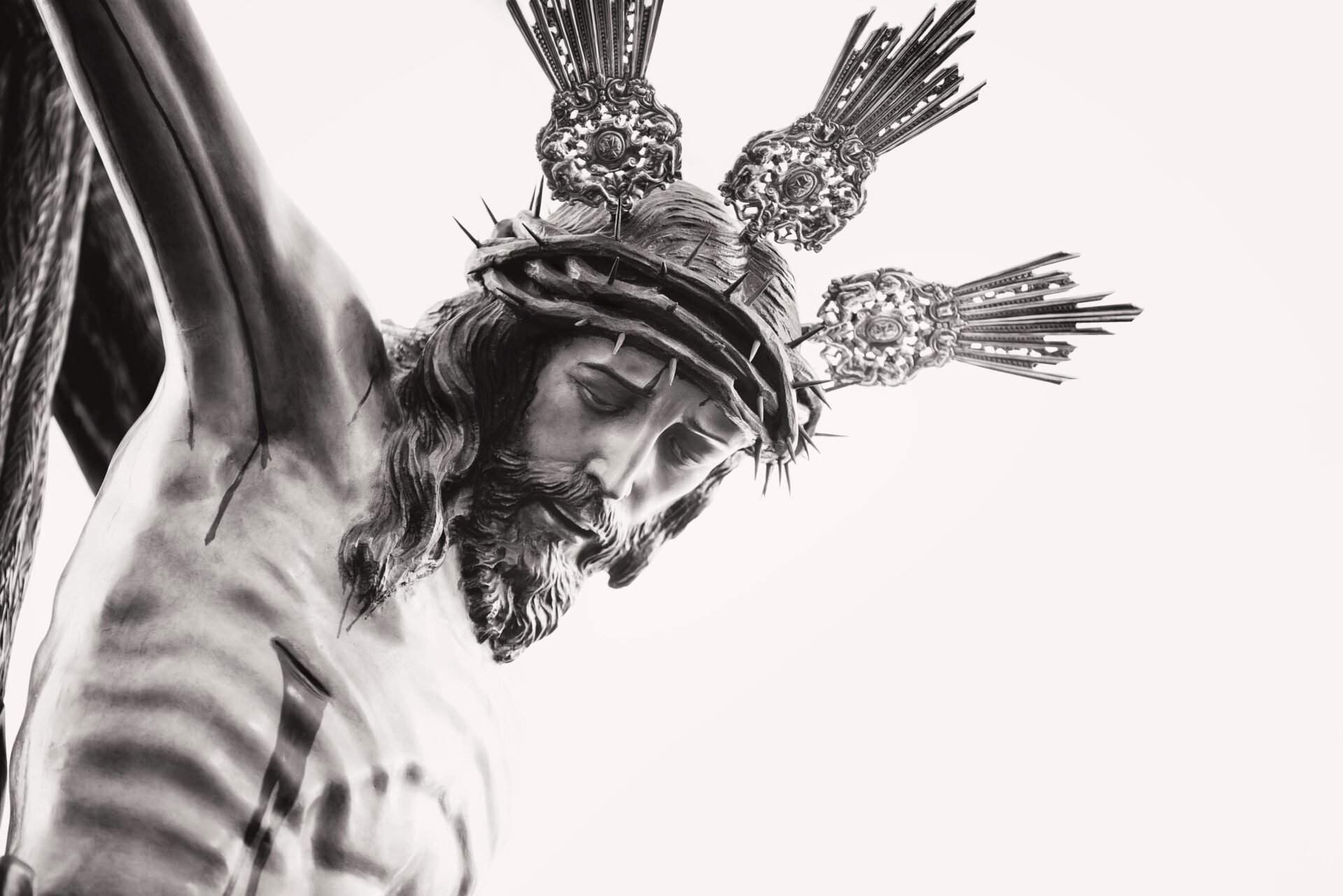
By the 1650s, local records show, the festival had already become a big deal across the region.
It started as a simple religious procession, but over time, it transformed into a cultural event that helped define Campobasso’s identity.
The festival survived political upheaval and adapted as needed.
Noble families often stepped in as patrons, helping keep the traditions alive through tough times.
Traditions, Symbolism, and Religion
The symbolism of the festival fascinates me.
The thorn stands for sacrifice and redemption in Catholic tradition, while the elaborate processions represent the community’s shared spiritual journey.
Local families pass down roles and responsibilities from one generation to the next.
I watched grandparents teach kids the same ceremonial movements their ancestors performed centuries ago.
Religious elements still anchor the celebration.

Priests bless the participants, and special masses mark key festival moments.
The community fasts before the main procession, a tradition that stretches back to the festival’s earliest days.
What really makes this festival stand out is how it blends Catholic practices with folk traditions.
That fusion creates a cultural expression that’s neither strictly religious nor completely secular.
Influence From Pilgrims and Neighboring Regions
During my visit, I noticed how the festival borrows from traditions all over southern Italy.
This blending happened naturally as the town welcomed pilgrims headed to major religious sites.
Travelers brought their own customs, songs, and rituals, which gradually became part of the local tradition.
An elderly resident told me how certain dances came from neighboring provinces.

The festival also became a symbol of local identity during times when the region faced outside pressures.
People took pride in preserving dialects and customs through festival traditions.
I found it touching how the celebration still brings together families from nearby towns.
Even now, people travel from all over the region to take part, keeping connections alive that have lasted for centuries.
Exploring the Thorn Festival Experience
The Thorn Festival in Campobasso fuses centuries-old traditions with vibrant community participation.
During my time there, I saw intricate customs, powerful symbolism, and an atmosphere that pulls in both locals and visitors.
Key Rituals and Main Procession
The grand procession winds through Campobasso’s medieval streets and forms the heart of the festival.
I watched as participants carried thorny branches decorated with colorful ribbons and small religious tokens.
These thorns aren’t just for show—they symbolize sacrifice and devotion.
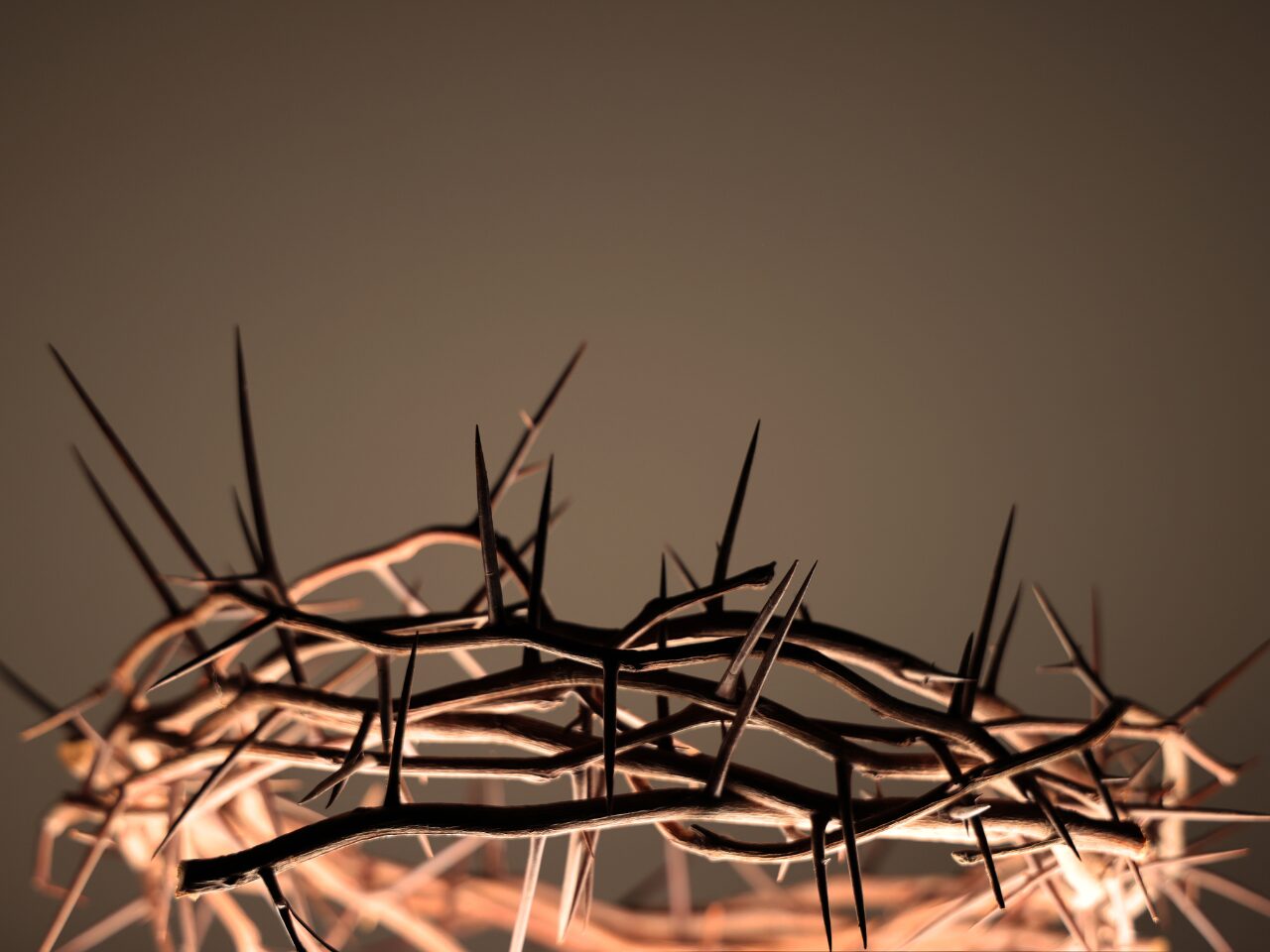
The procession kicks off at dawn, church bells echoing across the town.
Families dress in traditional costumes handed down through generations.
The embroidery and styling are honestly impressive.
What stood out to me was the precision of every movement.
Each participant follows choreographed steps that haven’t changed in centuries.
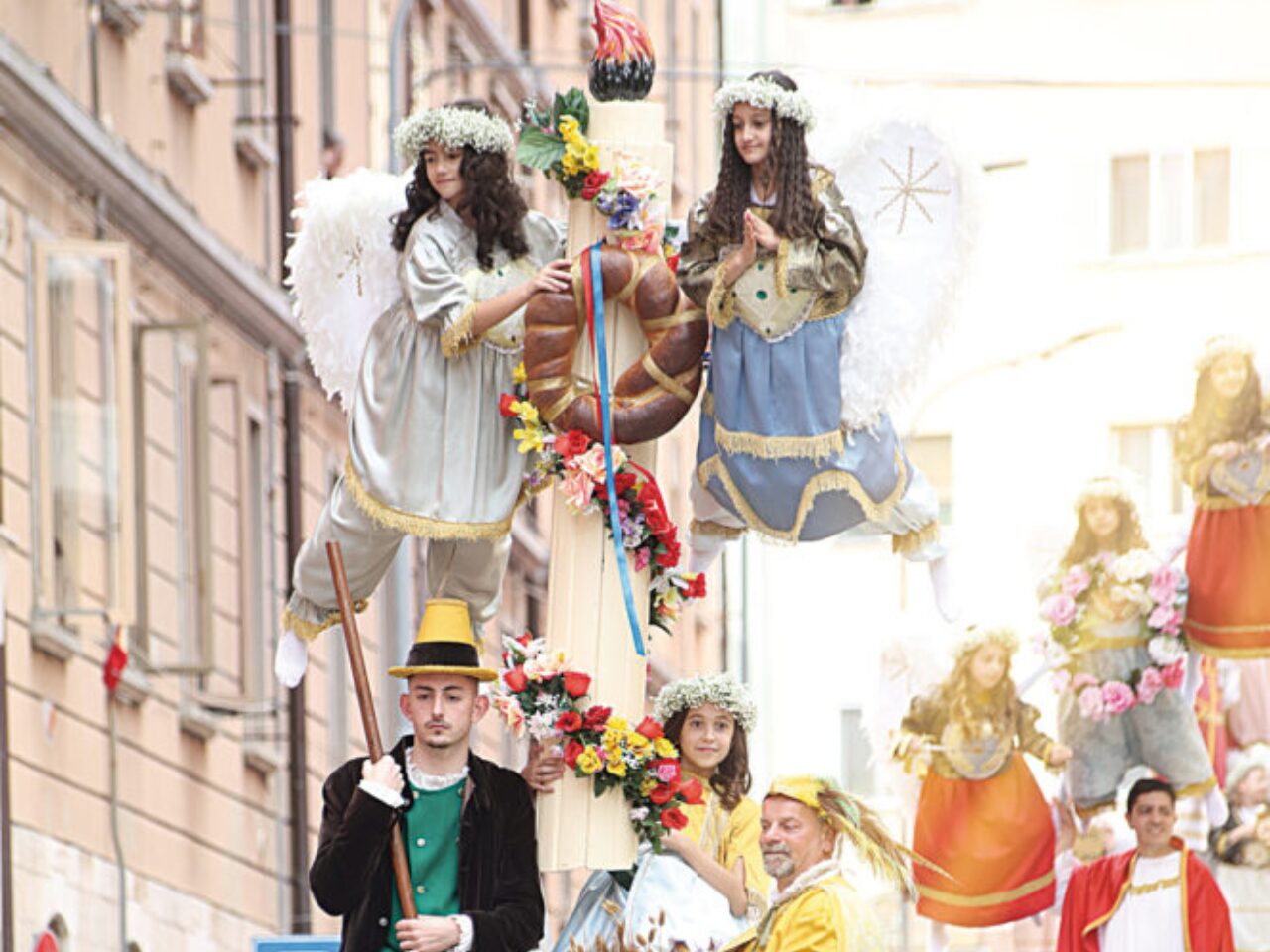
The oldest community members lead, with younger generations following—a beautiful display of continuity.
Local guides told me that some participants fast for three days before the event.
That kind of dedication really says something about how much these rituals mean to people.
Cultural Legacy and Community Spirit
The festival acts as a cultural cornerstone for Campobasso’s residents.
Walking among the crowd, I saw grandparents teaching grandchildren the meaning of specific symbols and movements.
“This is our identity,” an elderly woman told me as she fixed her granddaughter’s costume.
That intergenerational participation creates a strong sense of belonging that goes way beyond the event itself.
I honestly didn’t expect locals to be so welcoming to tourists like me.
They shared stories and explanations, proud of their heritage and happy to see outsiders appreciate it.
The festival also works as a community reunion.
Families who have moved away come back just for this celebration, strengthening bonds and staying connected to their roots.
Music, Art, and Background Atmosphere
Traditional instruments fill the air with haunting melodies during the procession.
Handcrafted tambourines and accordions play tunes that have accompanied the festival for generations.
The town transforms visually.
Balconies overflow with handmade decorations, and streets feature temporary art installations inspired by thorn symbolism.
The craftsmanship in these pieces showcases Italian artistic tradition at its best.
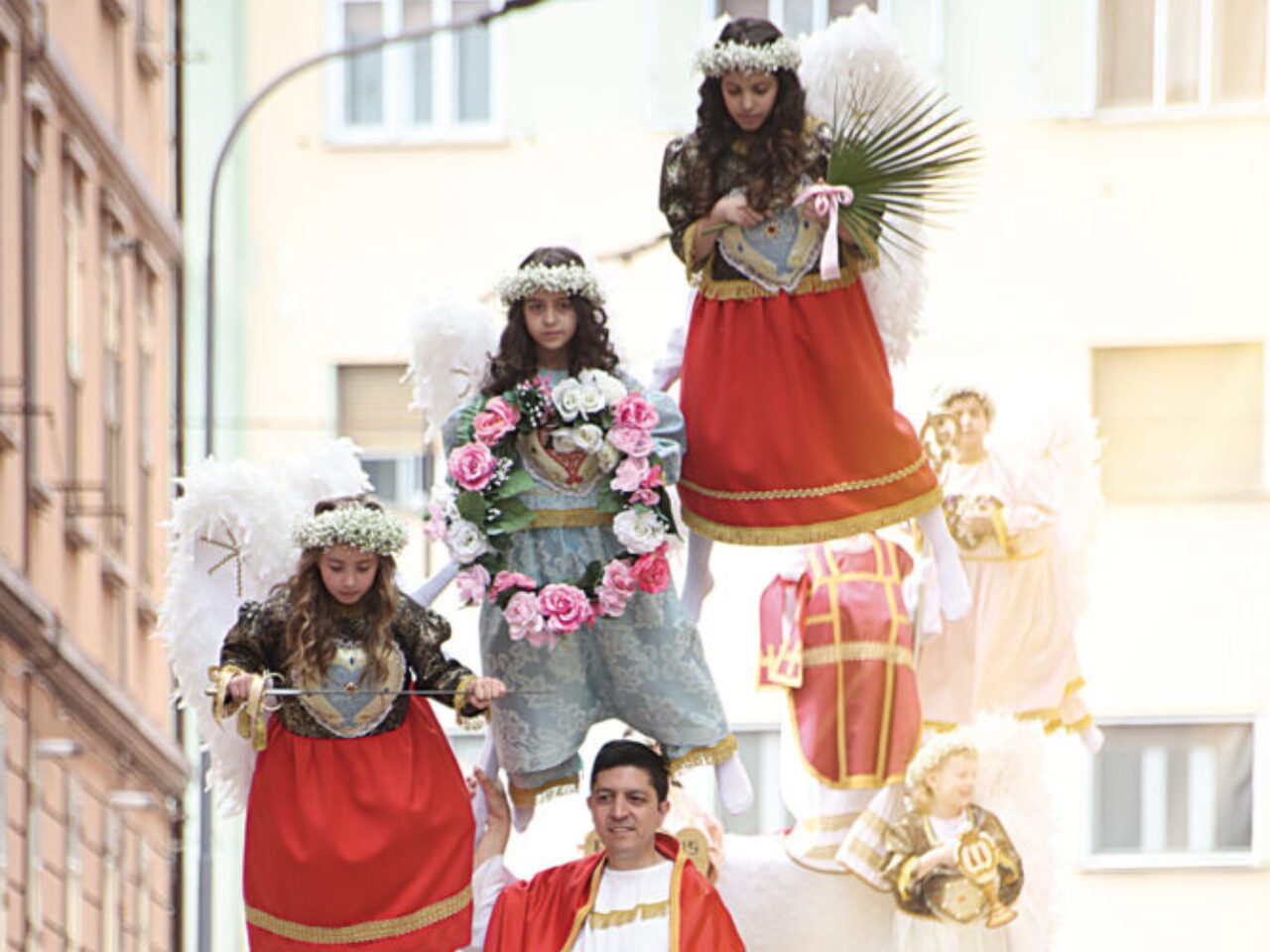
Food stands pop up along the route, serving regional specialties made just for the festival.
I tried a pastry shaped like a thorn—sweet and bitter at the same time, which felt like the perfect culinary symbol for the event.
The atmosphere changes as the day goes on.
Morning feels solemn and reverent, while the evening brings out more celebration, with dancing and communal dining under strings of lights.
Influences Beyond Borders: European Connections
Campobasso’s Thorn Festival reflects a patchwork of European cultural influences.
Centuries of trade, migration, and shared religious traditions have left their mark on this unique celebration.
What Sets Campobasso Apart in Italy
The Thorn Festival stands apart from other Italian celebrations because of its unusual mix of pagan and Christian elements.
Unlike the more famous festivals in Florence or Rome, Campobasso has kept its medieval traditions mostly untouched by modern trends.
I was honestly surprised by how the festival includes ancient worship practices within a Catholic framework.

The thorns themselves connect to earth-based spirituality that predates Christianity in the region.
Local elders told me that while northern Italian festivals often show Germanic influences, Campobasso’s celebrations reflect more of the Greek and Albanian cultural elements that shaped southern Italy.
The specific rituals for blessing the thorns don’t really exist anywhere else in Italy.
Festival Parallels in France, Spain, & Beyond
As I walked through Campobasso during the festival, I couldn’t help but notice similarities to celebrations I’d seen in southern France and northern Spain.
The procession patterns reminded me of the Fête des Épines in Provence, where people also venerate thorns.
Spanish influences show up in the music.
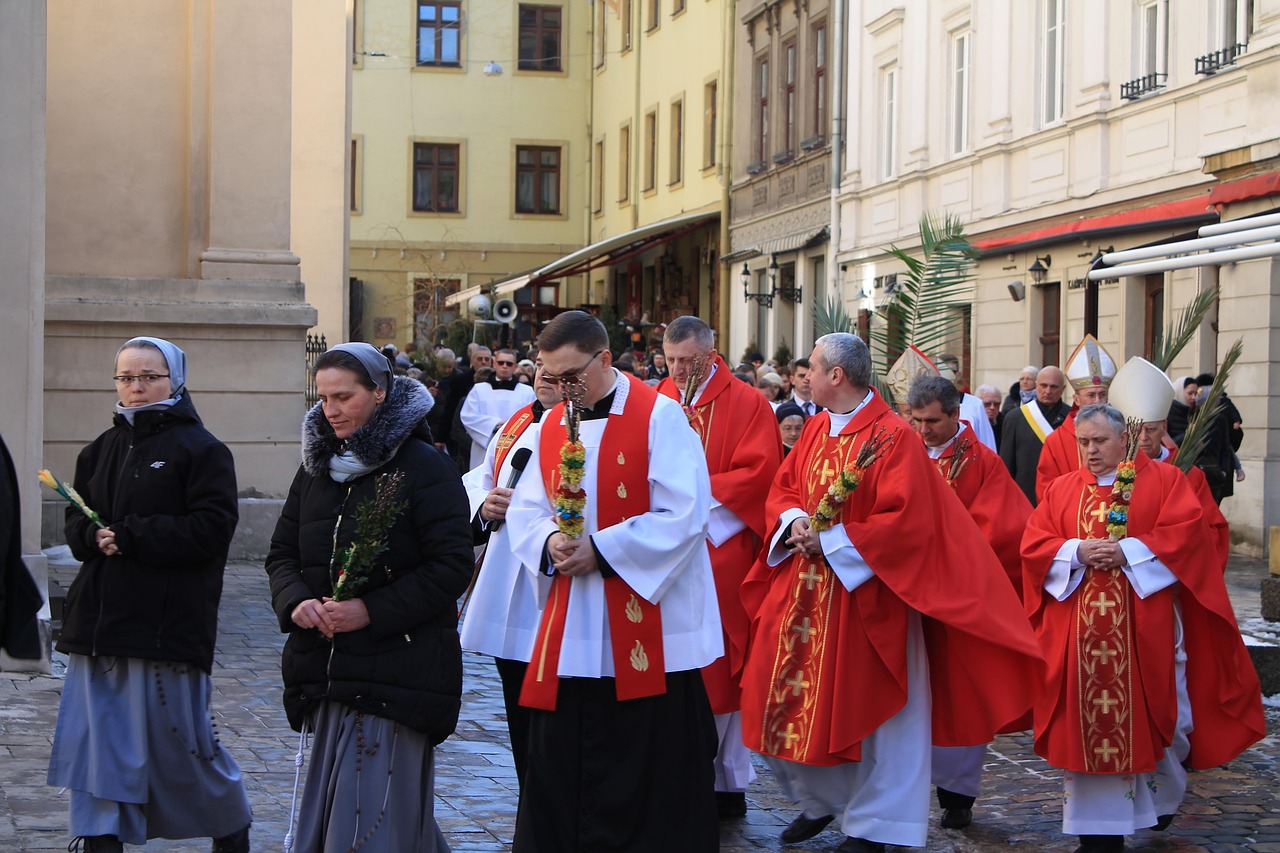
The string instruments and rhythms have clear counterparts in festivals across Catalonia and Andalusia.
Other European connections include:
- German spring fertility rituals with similar symbols
- Portuguese coastal towns with thorn-themed religious processions
- Romanian harvest celebrations with communal meals
Even the festival foods hint at these connections—dishes that mix Italian basics with spices and prep methods I’ve spotted in Croatia and Slovenia.
The festival really acts as a cultural crossroads that’s soaked up influences from all over Europe.
Traces of Trade and Migration
These European connections didn’t just happen by chance.
Campobasso sat at a key trade crossroads for centuries, linking Mediterranean shipping routes with inland European markets.
I dug through historical records showing merchant families from Belgium, the Netherlands, and even Sweden set up trading posts here between the 15th and 18th centuries.
These traders brought their customs, subtly reshaping local traditions.
Migration played a big role too.
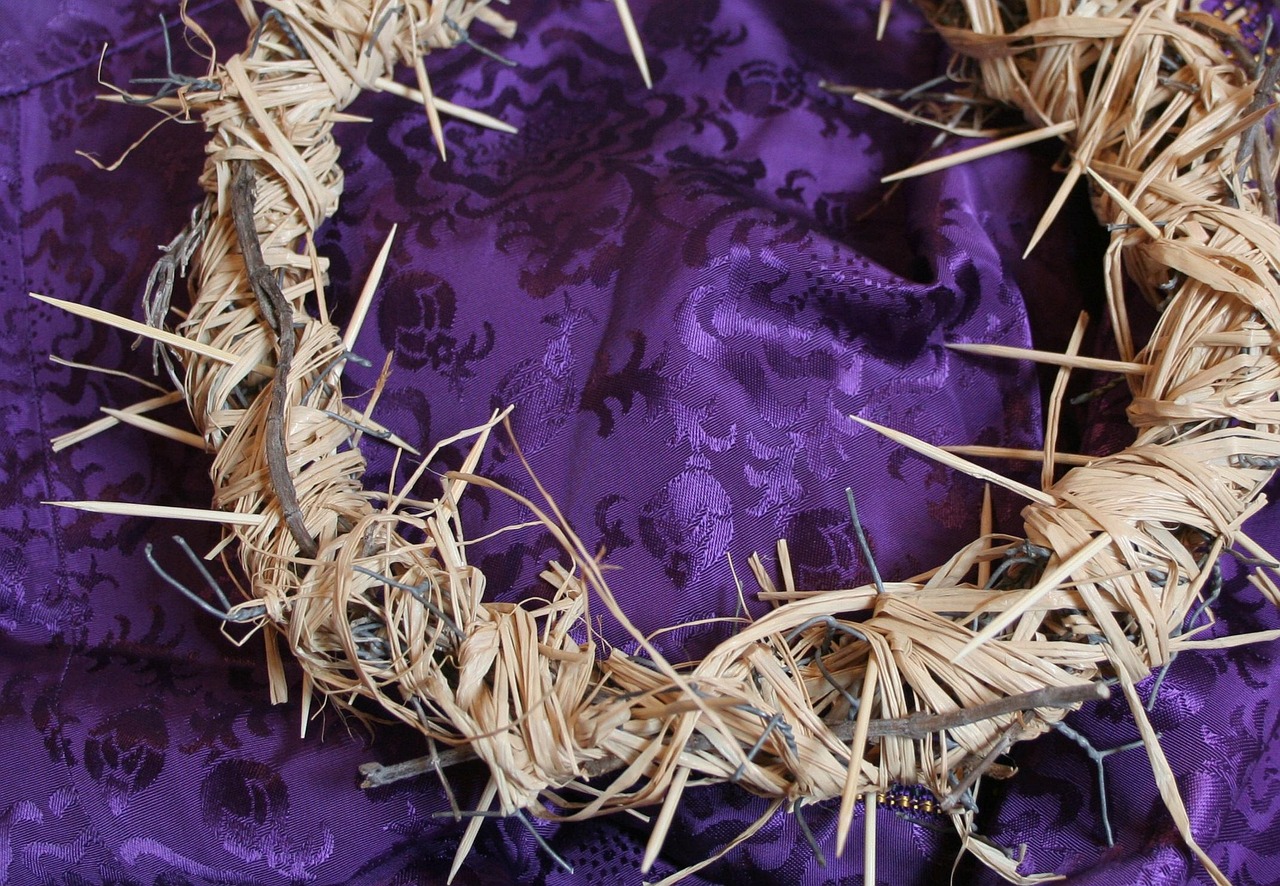
Many festival participants proudly shared stories about ancestors from Switzerland, Luxembourg, and Austria who settled in the region.
The thorns themselves used to be valuable trade items, exported to Turkey and Ukraine for medicinal uses.
Local artisans still make thorn-based items with techniques that originally came from Baltic countries like Lithuania, Latvia, and Estonia.
Practical Insights for Modern Travelers
If you’re thinking about visiting Campobasso for the Thorn Festival, a little planning goes a long way.
Here’s what I found helpful about timing, accommodations, and exploring Molise.
When to Visit: Seasons, Weather, and Planning
The Thorn Festival usually takes place in June, which is a great time to visit.
Spring (April-June) brings mild temperatures—around 65-75°F—and blooming countryside.
It’s perfect for exploring the city and nearby areas.
Summer (July-August) gets warmer, often hitting 85-90°F, but Campobasso’s mountain location keeps it cooler than coastal Molise.
This is peak tourist season, though Molise never gets as crowded as Tuscany or Rome.
Fall brings gorgeous foliage and harvest festivals alongside the Thorn Festival.
September and October felt especially magical to me, with temperatures around 60-70°F.
Winter can be tough, with possible snow—especially if you want to do day trips.
No matter when you visit, pack layers; the mountain weather loves to surprise you.
Where to Stay and Eat in Campobasso
I suggest booking a room in Campobasso’s historic center if you want to soak in the festival atmosphere.
Hotel San Giorgio has comfortable rooms with stunning old town views, while Palazzo Cannavina offers boutique style in a restored palace.
Budget travelers might like B&B Il Grifo or Dimora del Centauro—both offer local hospitality at fair prices.

If you’re coming for the festival, book at least three months in advance.
The food scene here feels refreshingly authentic.
Don’t skip these specialties:
- Caciocavallo cheese
- P’lenta d’rape (turnip polenta)
- Pampanella (spiced pork)
Trattoria La Pergola serves up incredible homemade pasta, and Miseria e Nobiltà puts a modern twist on Molise classics.
For coffee and pastries, Caffè Letterario became my go-to morning spot.
Touring Molise: Day Trips and Hidden Gems
Campobasso makes a great base for exploring Molise and beyond.
I rented a car and drove to Sepino, an ancient Roman settlement about 18 miles south.
It rivals sites in Rome but without the crowds.
The coastal towns of Termoli and Vasto (in Abruzzo) are perfect for day trips—less than an hour east.
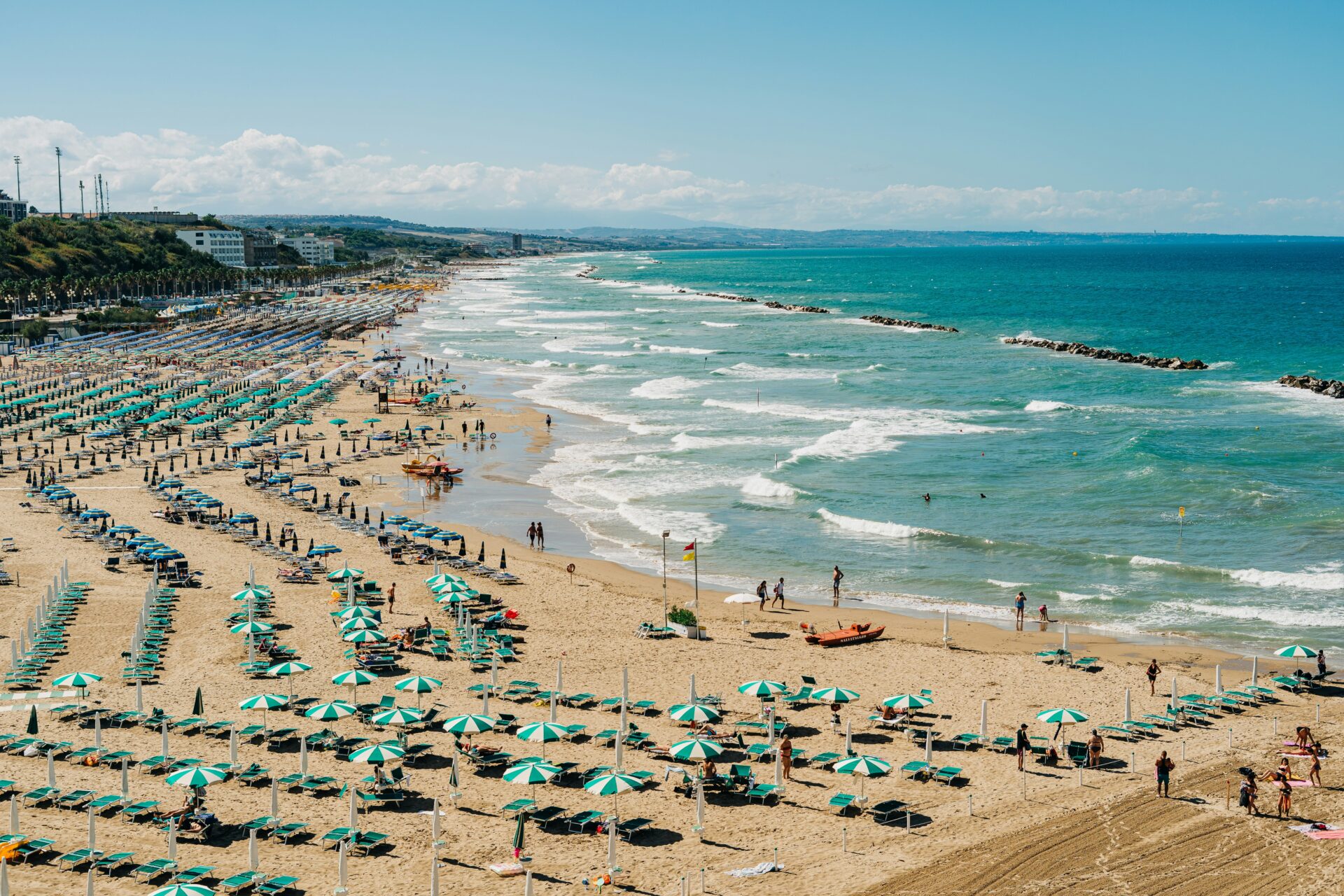
Their beaches are pristine compared to more touristy Italian spots.
Head west and you’ll find Pietracupa, a village carved into rock, and Castelpetroso Sanctuary with its impressive architecture.
Nature lovers should check out Matese Regional Park for hiking and panoramic views.
I spent a day there photographing wildflowers and medieval villages perched on hilltops.
Public transportation exists, but it’s limited.
Renting a car gives you the freedom to explore those hidden corners that make Molise so special.
Family, Heritage, and Lasting Impressions
My experience at Campobasso’s Thorn Festival turned out to be more personal than I expected.
It connected me to my own ancestry and got me thinking about the meaning of tradition.
Traditions Passed Down Through Generations
My grandmother used to talk about the Thorn Festival when I was a kid, but I never really understood its importance until I saw it for myself.
Her stories weren’t just tales—they were pieces of our family history.
In many families here, festival roles get passed down like precious heirlooms.
I met Maria, whose great-grandfather carried the same thorn branch her son now proudly displays.
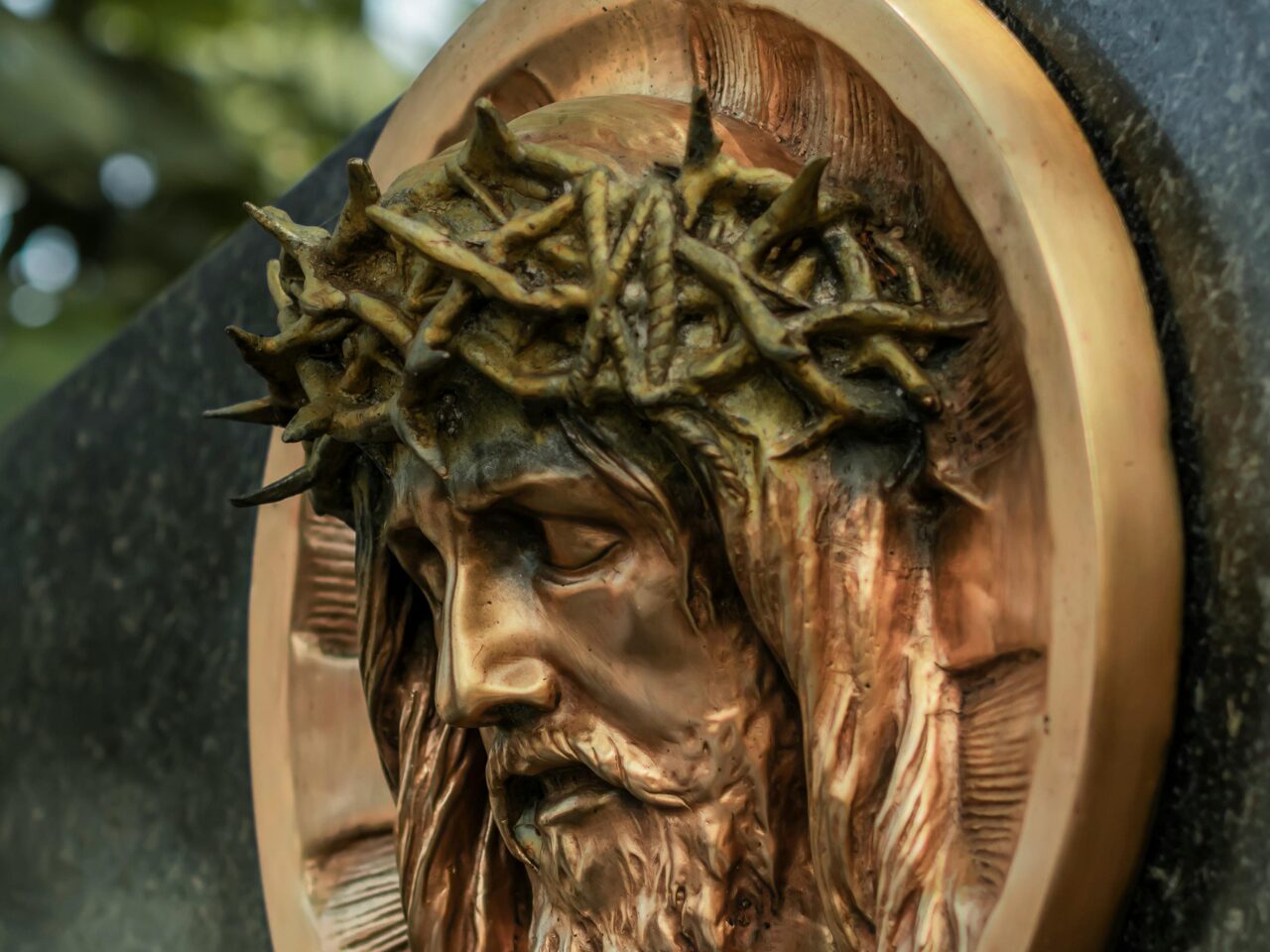
This inheritance isn’t about money or dowries but something way more valuable—cultural identity.
“We don’t choose the festival,” an elderly participant told me. “It chooses us through our blood.”
Young kids learn the rituals by watching, then joining in small ways before taking on bigger roles.
This natural way of teaching makes sure nothing gets lost between generations.
Personal Reflections on Culture and Philosophy
Standing in the middle of the procession, I felt connected to something bigger than myself.
This wasn’t just another tourist experience—it was a moment of personal revelation about cultural continuity.
The festival challenged some of my modern ideas.
In our fast-paced world, we often toss out traditions as outdated.
But here, I saw proof that they still matter.
The thorns themselves became a powerful metaphor—painful yet beautiful, just like the process of holding onto heritage in a changing world.
I started wondering about my own family’s rituals.
Which ones had I let fade away? Could I bring any of them back?
Watching families participate together taught me more about cultural preservation than any textbook ever could.

